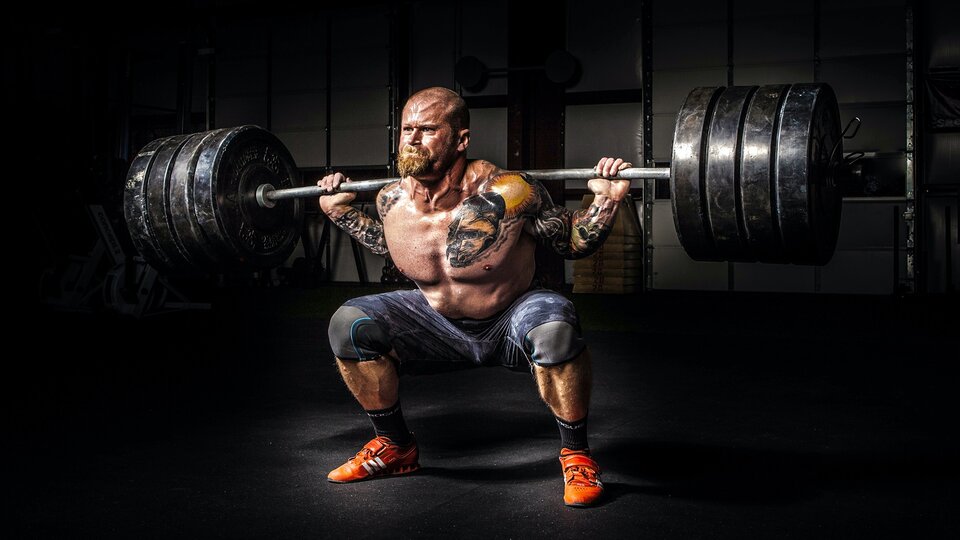Products You May Like
Squats. One of the big three movements in powerlifting. The king of compound exercises. Squats are a full body exercise that deserves a prime seat in any lifting program. While the traditional back squat comes most readily to mind, it is not the only effective variation that can be performed. Below we’ll break down several different squat variations and why they deserve a place in your training split.
The King of all Squats
We start with the king. The back squat allows for massive strength development, with the quadriceps, glutes, hamstrings, and abs being targeted the most. There are two sub-variations of this, being the high bar and low bar squats. High bar squats, where the barbell is placed atop the traps, are the version of squats that are more beginner friendly and comfortable to most. This version is more of a natural squatting position and is often performed by athletes because of its more practical application to sport. Low bar squatting is a slightly more advanced version, where the barbell is placed lower on the back, touching the posterior delts. This version is more commonly seen in powerlifting, as it is more conducive to lifting heavier weight. Low bar squats are also more posterior chain dominant, meaning they produce greater activation in the hamstrings and glutes. Whether you opt for high bar or low bar, you can’t go wrong with incorporating back squats into your routine for overall muscle growth and strength gain.
Bringing it up Front
Front squats are a variation of the back squat that looks nearly the same, however the barbell is placed across the top of the chest instead of the traps. Because of this weight shift, the front squat creates a far greater activation of the anterior chain, targeting the quadriceps and abdominals. This squat variation is more difficult to perform, however, requiring greater hip mobility as well as wrist mobility due to how the barbell is loaded and carried. Still, if you’re looking for a way to really hammer home those quads, there are few exercises on the same level as the front squat.
No Barbell, No Problem
Ditching the barbell, we make our way to the goblet squat. Holding a dumbbell to your chest in a goblet position works similarly to the front squat. The main benefit to performing this variation is its simplicity and ease of learning. This variation is best for beginners or those who do not possess the mobility to perform the front or back squats. They also carry a lower injury risk and are great for those who work out in a home gym, as they only require one dumbbell. Goblet squats are a great way to learn the fundamentals of correct squatting while still reaping the impressive muscle and strength building benefits of the movement.
Want a Challenge?
Finally we make our way to the dreaded bulgarian split squat. The thought of doing these often elicits a few groans, but their implementation has its merits. These leg destroyers are excellent at building up all sections of the legs. Their unilateral nature also helps to fix strength imbalances and improve smaller stabilizer muscles. Performing these will not only help define your legs, but it will also help improve your performance in all other squat variations.
Squatting is a movement that does it all. It builds leg strength, increases muscle size, improves balance, and increases mobility. Anyone can benefit from selecting an appropriate variation of squats to add to their gym routine.
